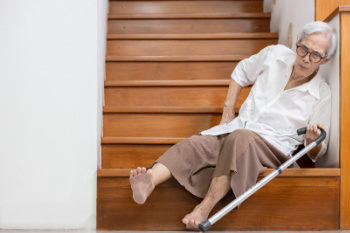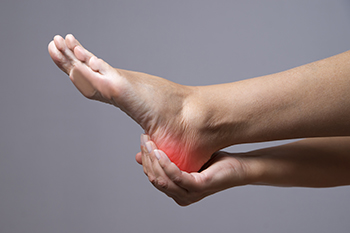
Falls among adults can result from various factors, including vitamin deficiencies, balance issues, and vision problems. Deficiencies in vitamins such as D and B12 can weaken bones and impair nerve function, increasing the risk of falls. Similarly, balance disorders, often linked to aging or certain medical conditions, can disrupt equilibrium and stability while walking or standing. Vision impairment, whether due to age-related changes or untreated eye conditions, can also hinder depth perception and spatial awareness, heightening the likelihood of tripping or stumbling. To mitigate these risks, individuals can adopt fall prevention measures such as regular exercise to improve strength and balance, ensuring adequate intake of essential vitamins through a balanced diet and supplements, and scheduling routine eye exams to address vision issues promptly. Additionally, removing tripping hazards at home, installing handrails and grab bars, and using proper footwear with good traction can further reduce the likelihood of falls and promote safety and independence. Falling can seriously impact the feet, and cause difficulty in completing daily activities. If you have endured a foot injury from falling, it is suggested that you visit a podiatrist who can treat foot pain, and educate you about effective fall prevention methods.
Preventing falls among the elderly is very important. If you are older and have fallen or fear that you are prone to falling, consult with Alex Kim, DPM from AVID Foot & Ankle Center. Our doctor will assess your condition and provide you with quality advice and care.
Every 11 seconds, an elderly American is being treated in an emergency room for a fall related injury. Falls are the leading cause of head and hip injuries for those 65 and older. Due to decreases in strength, balance, senses, and lack of awareness, elderly persons are very susceptible to falling. Thankfully, there are a number of things older persons can do to prevent falls.
How to Prevent Falls
Some effective methods that older persons can do to prevent falls include:
- Enrolling in strength and balance exercise program to increase balance and strength
- Periodically having your sight and hearing checked
- Discuss any medications you have with a doctor to see if it increases the risk of falling
- Clearing the house of falling hazards and installing devices like grab bars and railings
- Utilizing a walker or cane
- Wearing shoes that provide good support and cushioning
- Talking to family members about falling and increasing awareness
Falling can be a traumatic and embarrassing experience for elderly persons; this can make them less willing to leave the house, and less willing to talk to someone about their fears of falling. Doing such things, however, will increase the likelihood of tripping or losing one’s balance. Knowing the causes of falling and how to prevent them is the best way to mitigate the risk of serious injury.
If you have any questions, please feel free to contact our office located in Little Elm, TX . We offer the newest diagnostic and treatment technologies for all your foot care needs.


